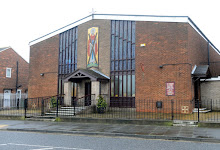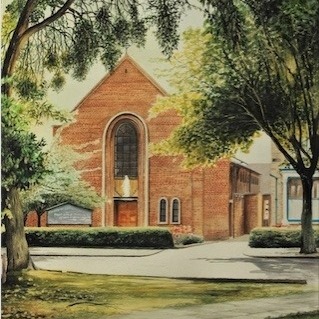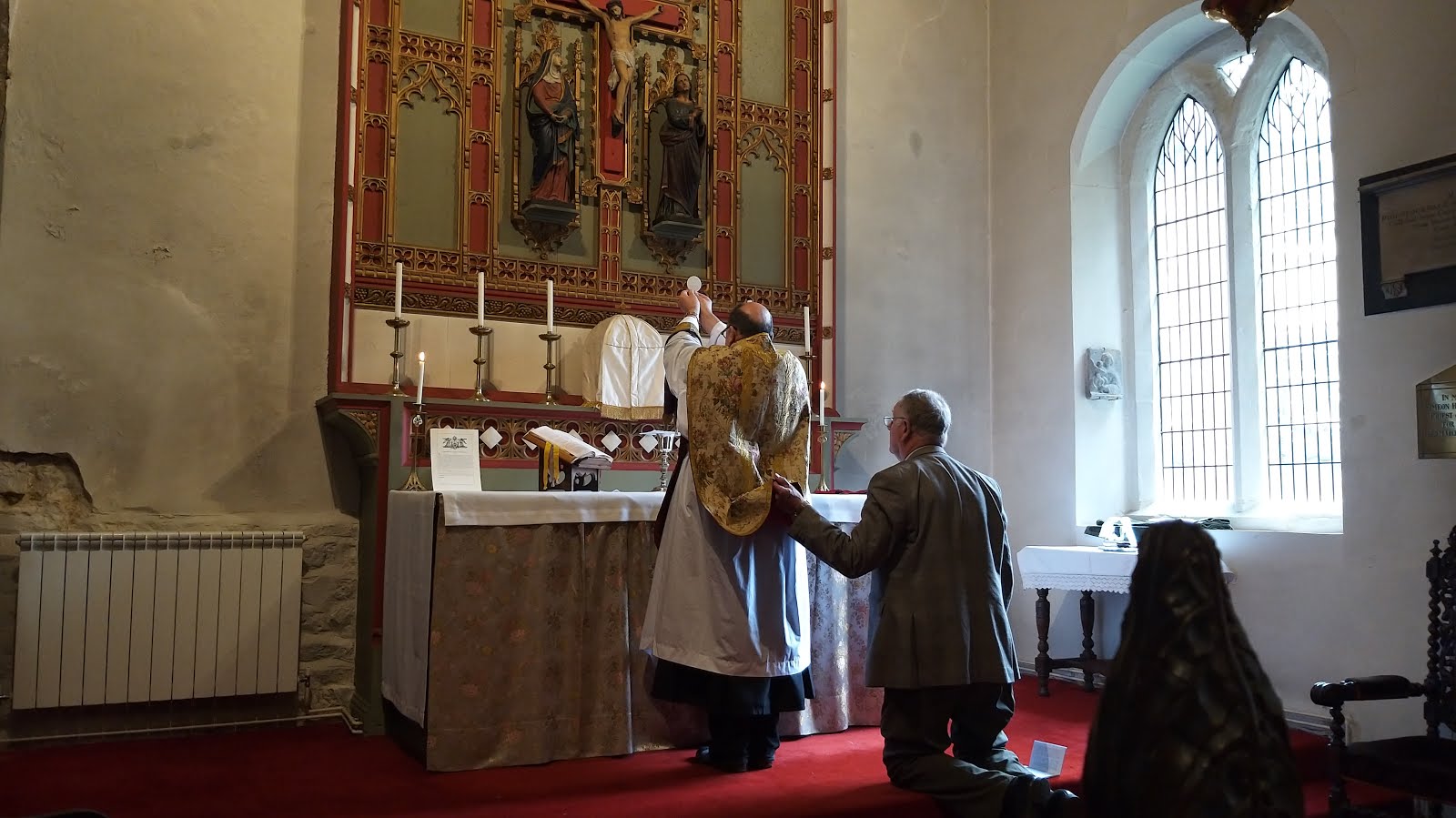Fr Sean Finnegan in his blog Vale Adurni discusses some statistics that he has found in the French periodical, Paix Liturgique. It makes interesting reading.
Apparently, there are nearly 9,000 diocesan priests in France. At first, this seemed an impressive number to me, but one must remember that France is supposedly a Catholic country, where the majority of the population are nominal Catholics. France is vastly greater in area than England and Wales and its Catholic population is something like ten times as large.
As in England and Wales, the number of priests has been in steady decline for decades, but the shortage is far more accute in France than it is over here. The supply of priests is also far more patchy in France. Apparently in some dioceses it is common for priests to have to look after as many as six churches.
The bishops of France are gathered for their autumn conference; and, although they must all be very aware of this issue, they are apparently unwilling to discuss it, preferring to make optimistic statements about how well parishes are managing without a parish priest. They are also unwilling to acknowledge the existence a growing, and now substantial, section of the clergy, namely those who belong to the traditional movements. Here are the figures.
There are about 260 French priests belonging to traditional orders. [In this article, the term traditional orders includes the SSPX.] This represents about 3% of the total number of active priests, and one might conclude that they are of little significance. However, one should look at trends. As in England, the age profile of diocesan priests is heavily skewed, with the majority nearing retirement. The age profile of priests belonging to the traditional orders is skewed in the oppositee direction. On current projections, the 3% will grow to 25% within 15 years. Here are some more figures.
In 2009, there were 90 priests ordained for diocesan ministry. This is nowhere near the number that would be required to maintain the already inadequate complement of 9,000. Priests are currently retiring in France at about the rate of 300 a year. The traditional orders managed to ordain 15, which may seem a tiny number, but it does represent more than 14% of all ordinations. Expressed this way, it begins to look far from insignificant. What about the longer term?
There is a total of about 900 men studying in French seminaries. 160 of them are within the traditional orders and 740 are in diocesan seminaries. Expresses another way, 18% of the men who have joined a French seminary in the last six years have chosen the traditional orders. However, an analysis of the 740 in diocesan seminaries, shows that relatively few of them are at the junior end. In other words, the numbers of ordinations are going to decline further. The opposite applies with the traditional orders.
If we look at admissions to French seminaries in 2009, there were 41 entering traditional seminaries and 120 entering diocesan seminaries. These are startling figures. In France one in four vocations to the priesthood is a vocation to a traditional order.
As in England and Wales, it is inevitable that the priest shortage in France will worsen over the next 25 years, the only difference being that the effects will be felt more accutely in France. However, France has a growing reserve of priests, which, at present, their bishops refuse to acknowledge. In a few years, the number of traditional priests will grow to such an extent that the bishops will surely have to recognise the elephant in the room.
In fact, there is the first sign that this is about to happen. Bishop Rey of the Diocese of Frejus-Toulon seems to have broken ranks with his fellow bishops and included instruction in the traditional form of the Mass in his diocesan seminary. The result is that this seminary is attracting more than its share of students and becoming the one bright spot amongst all the gloom. Historically, it has been regarded as a small seminary serving a small relatively diocese. It now has 80 seminarians. This compares with, for example, the formerly large seminary serving Paris and the surrounding region which now has 50 students.






